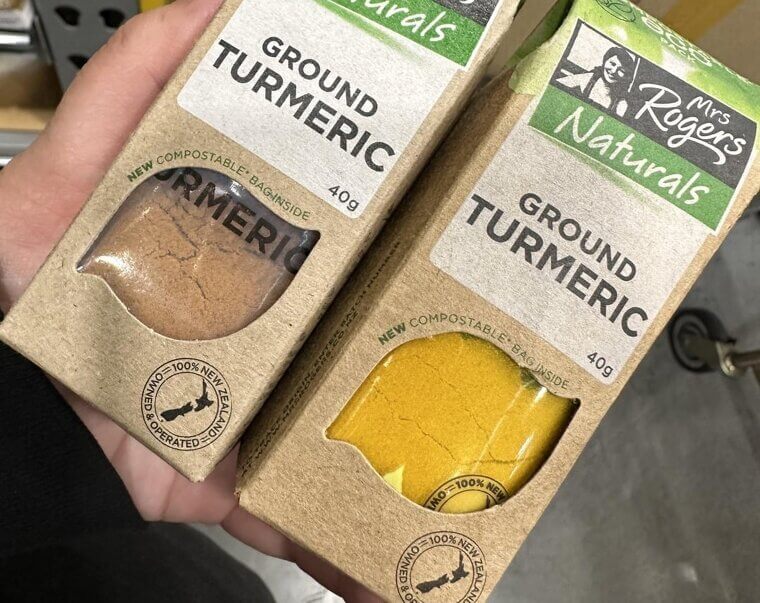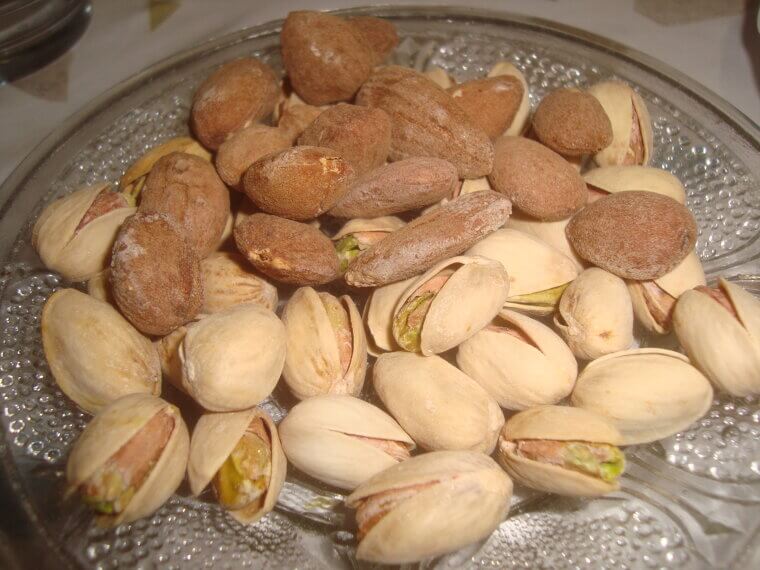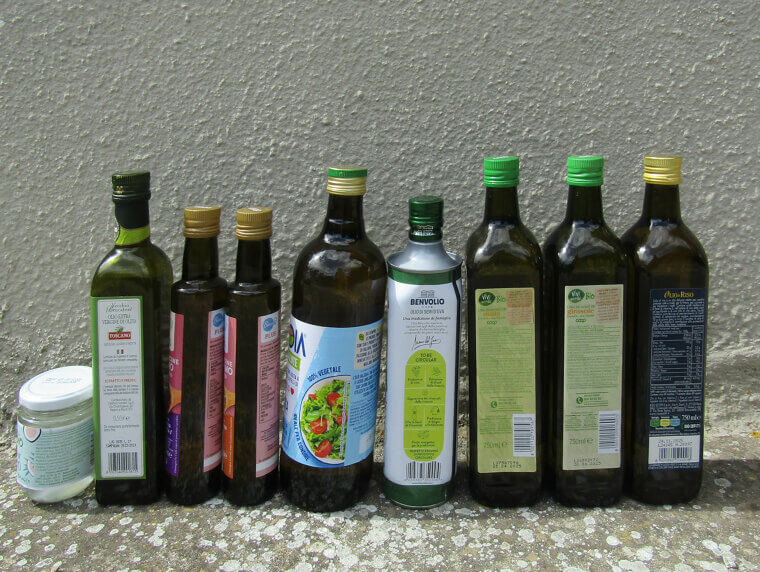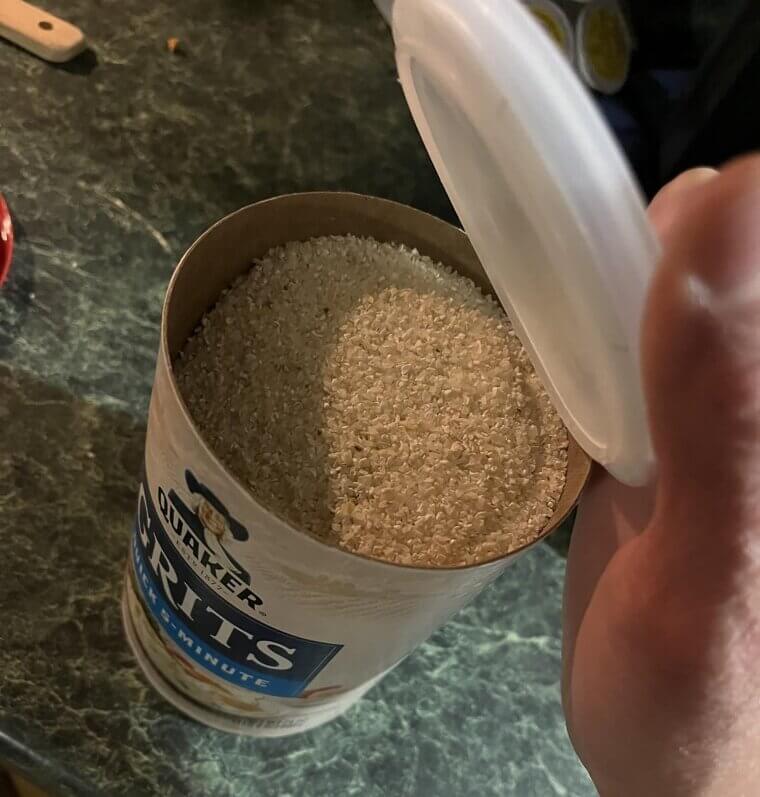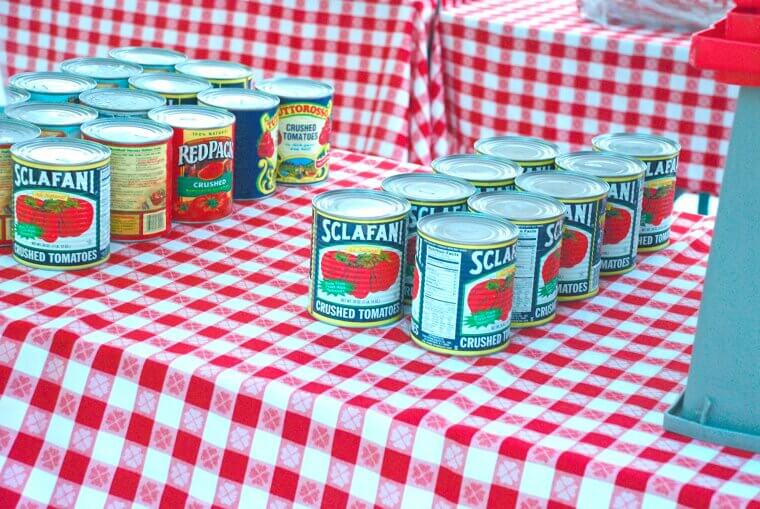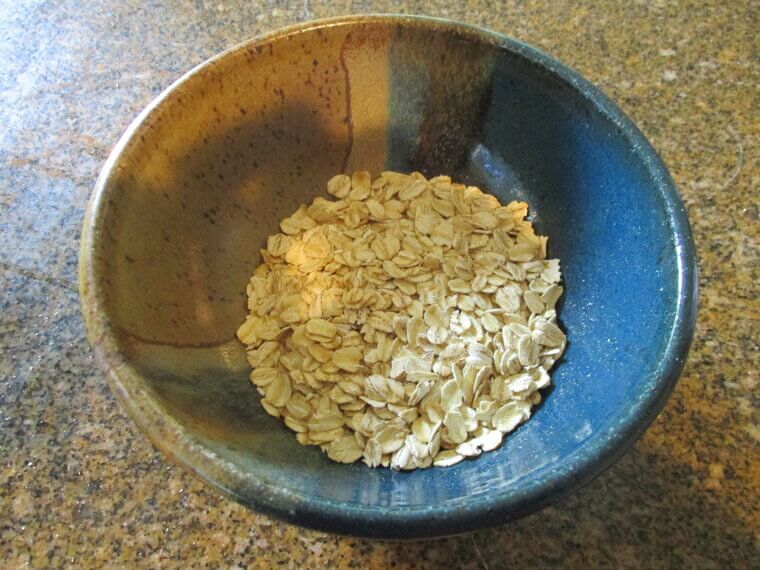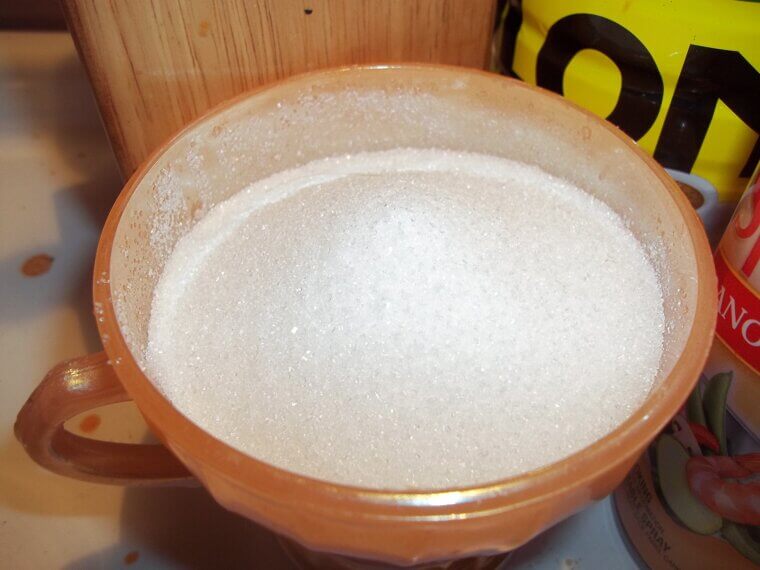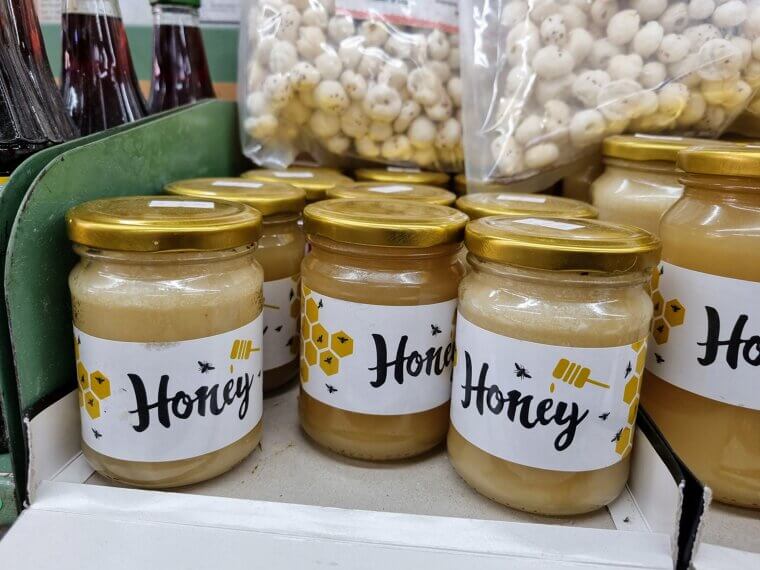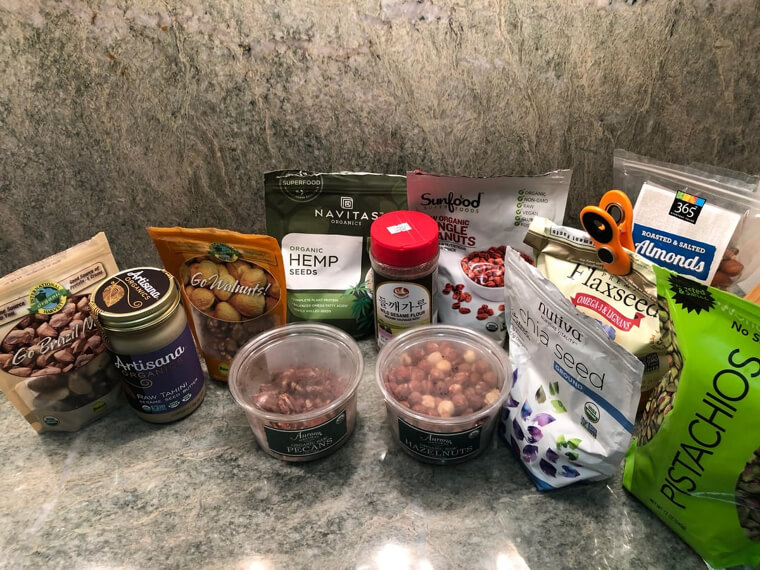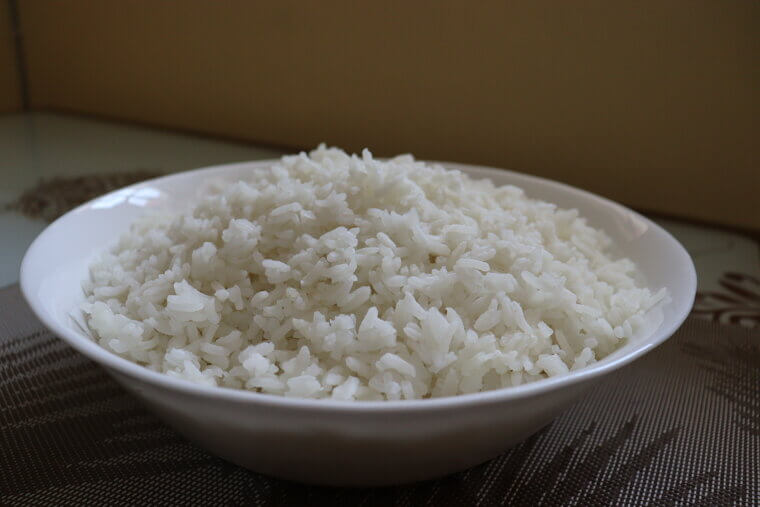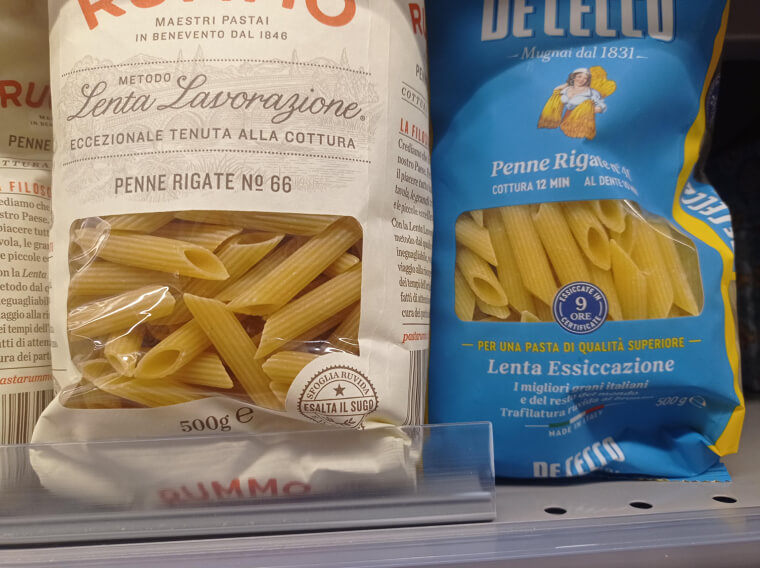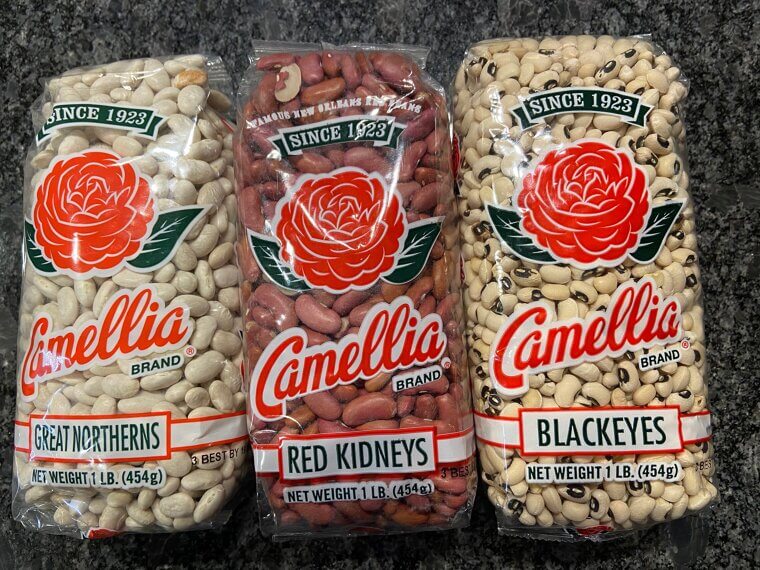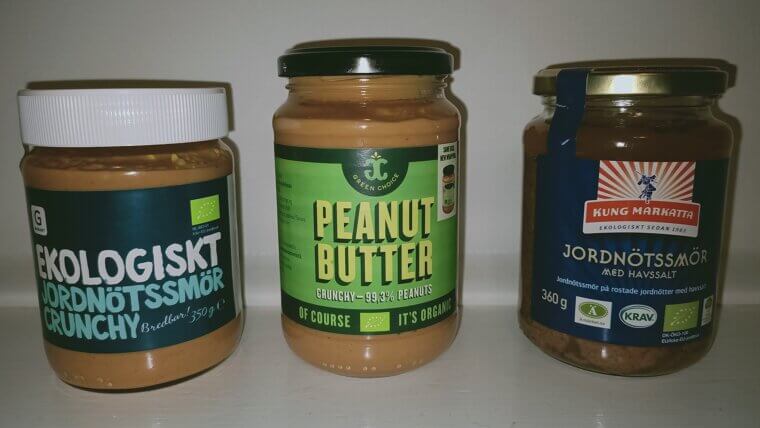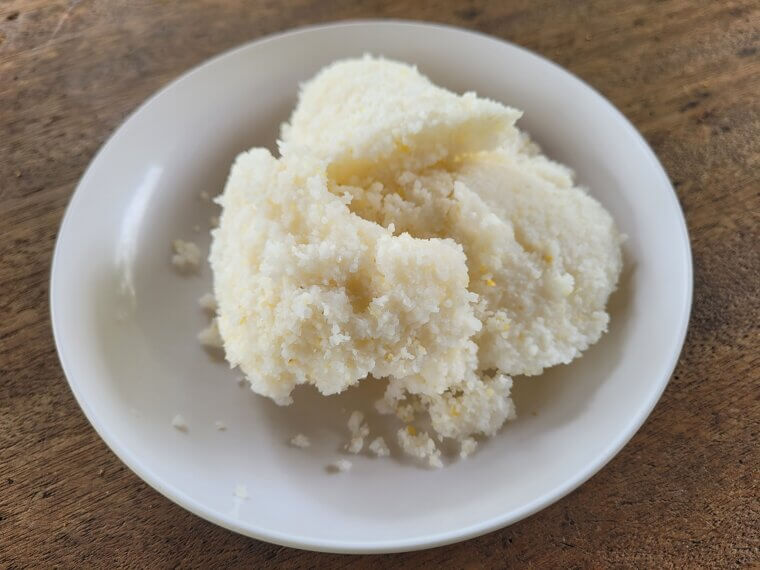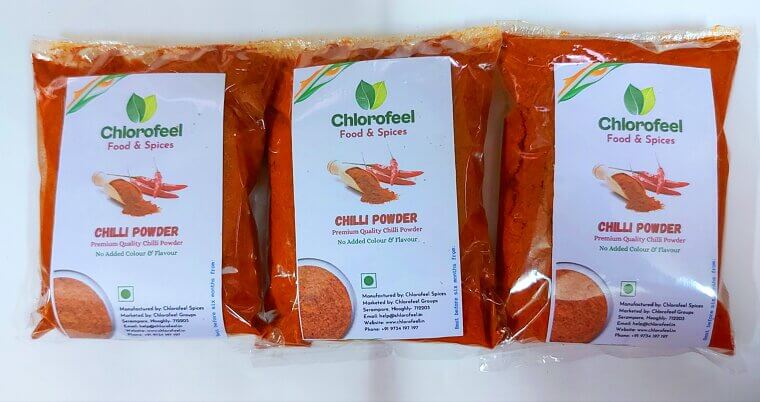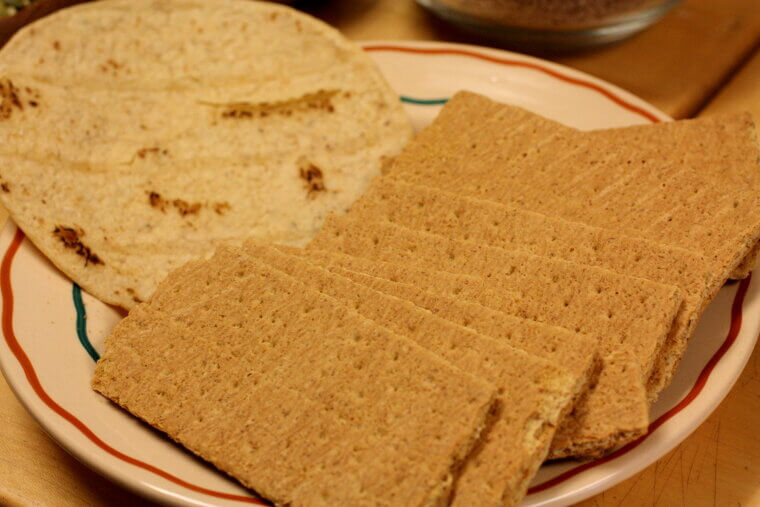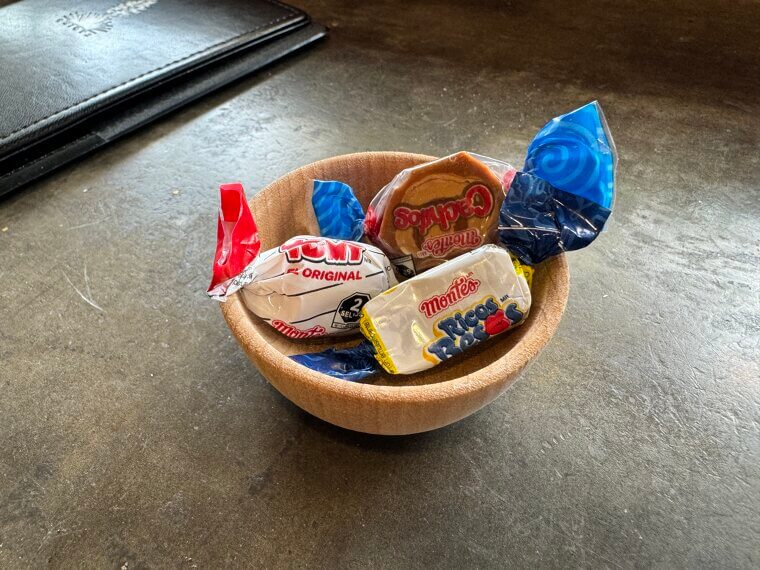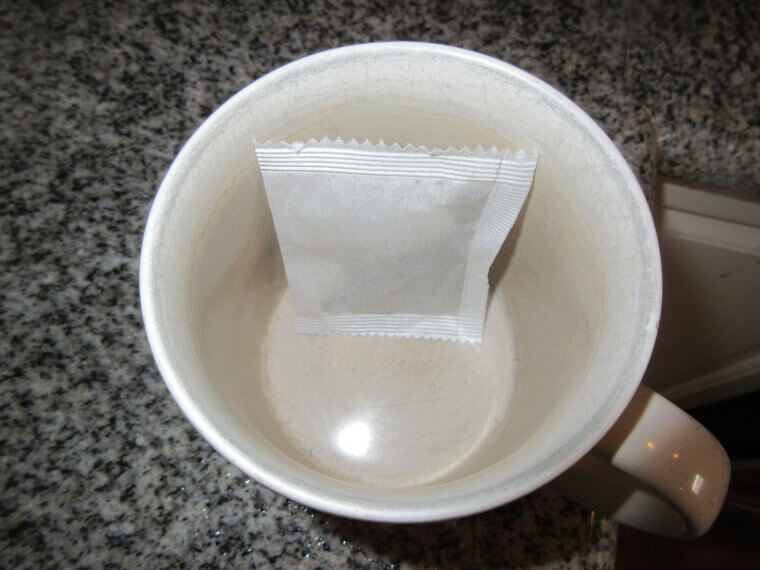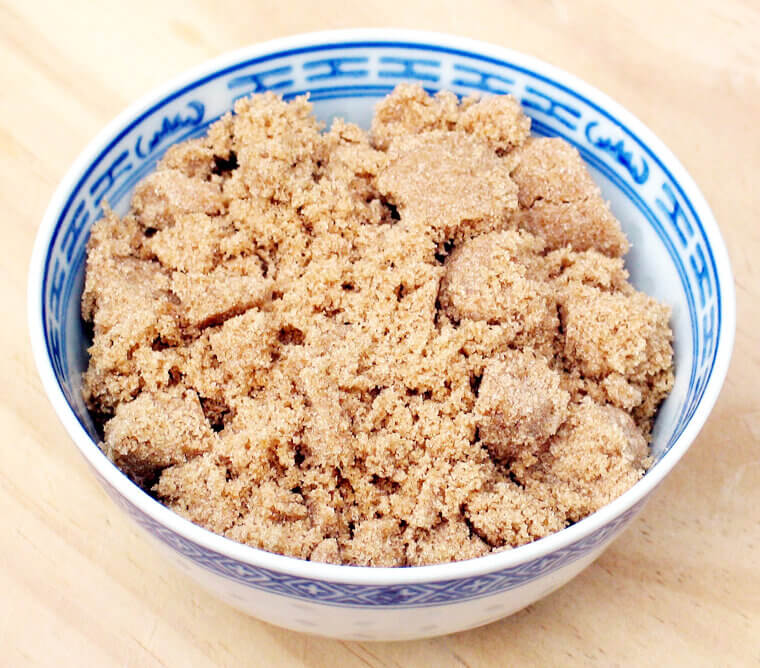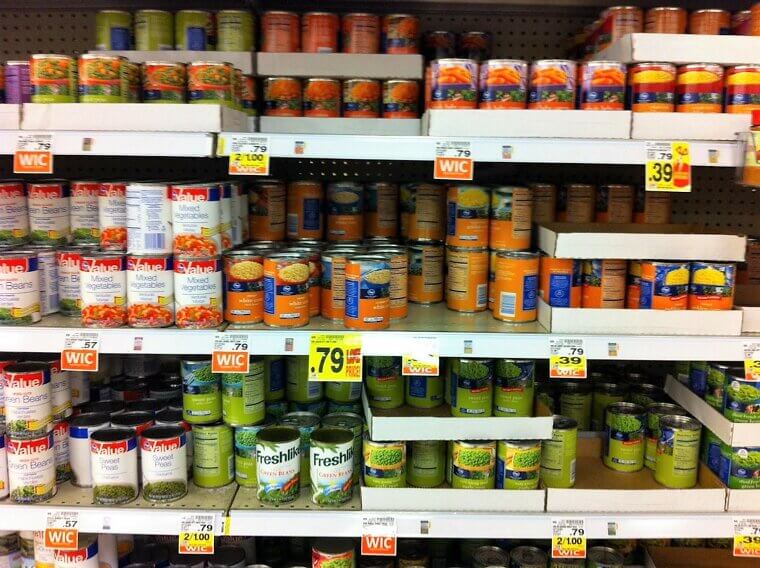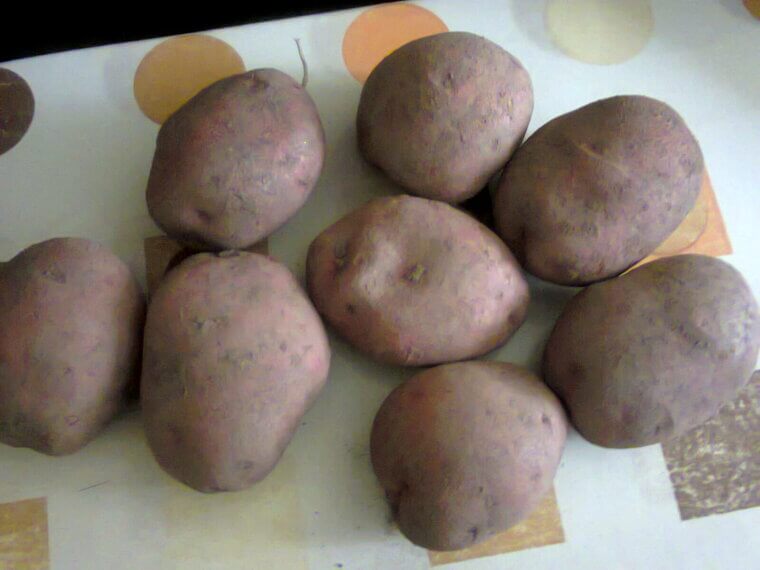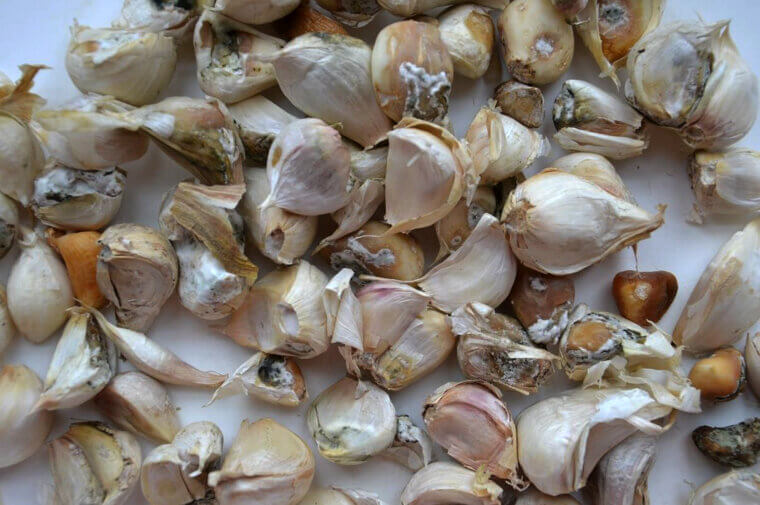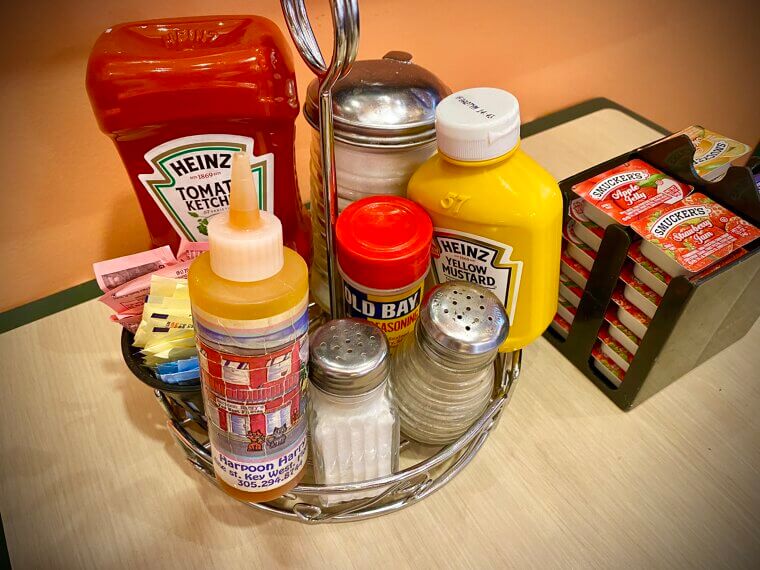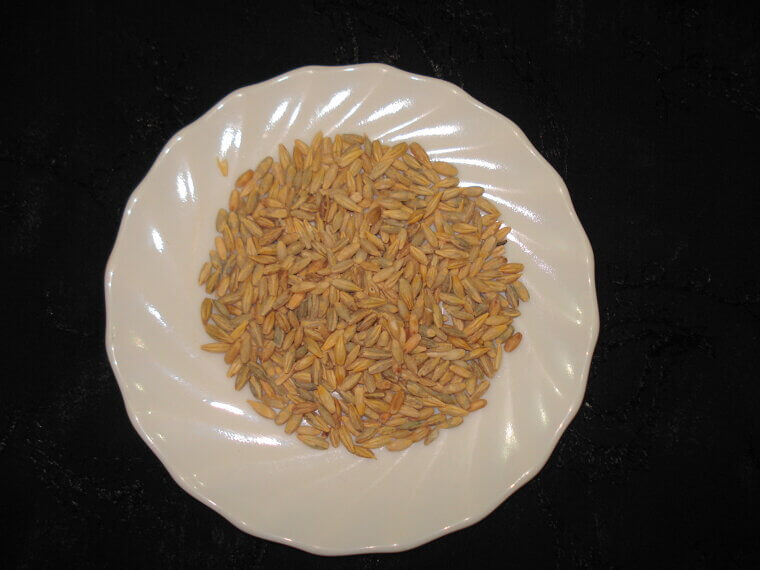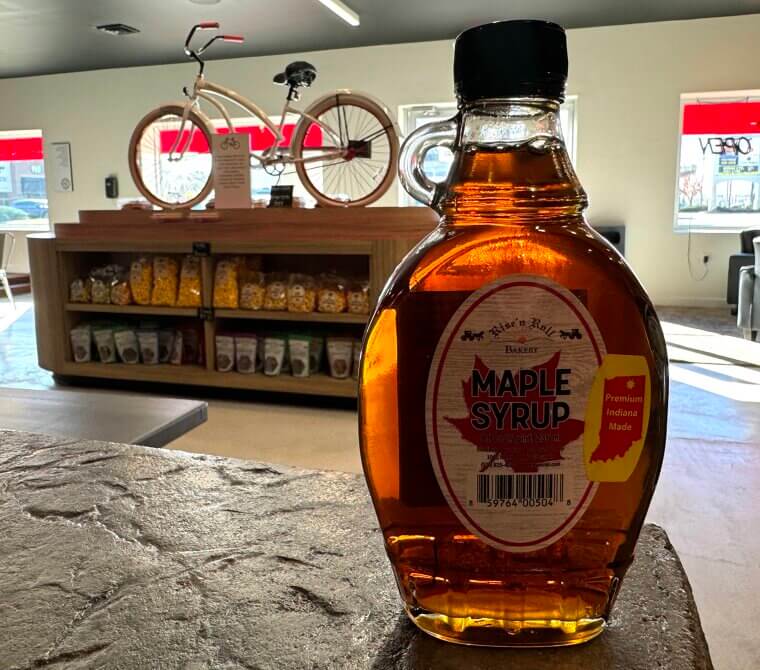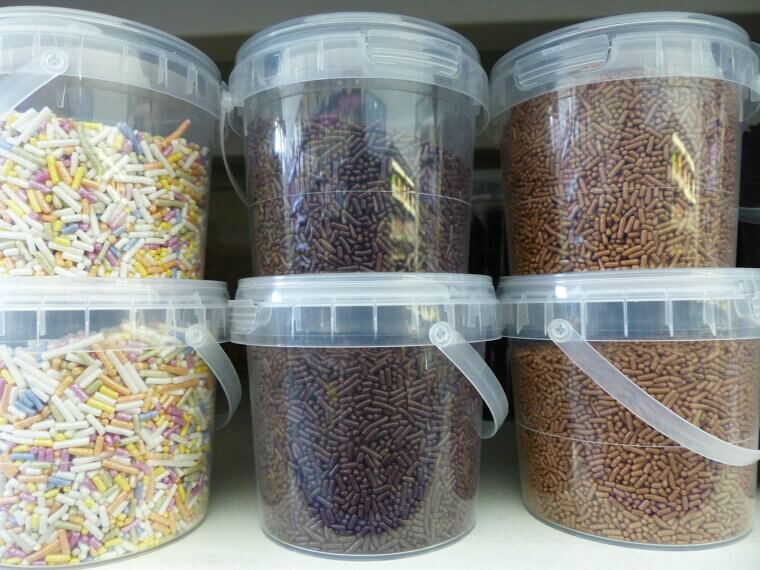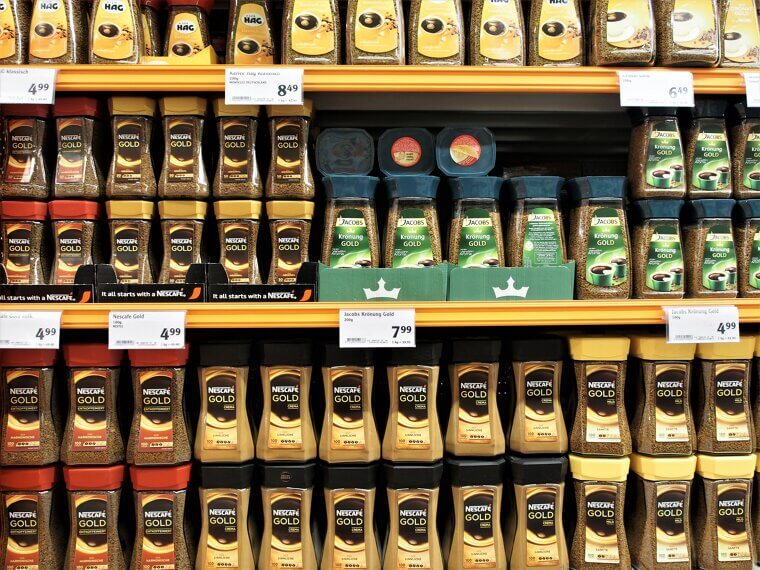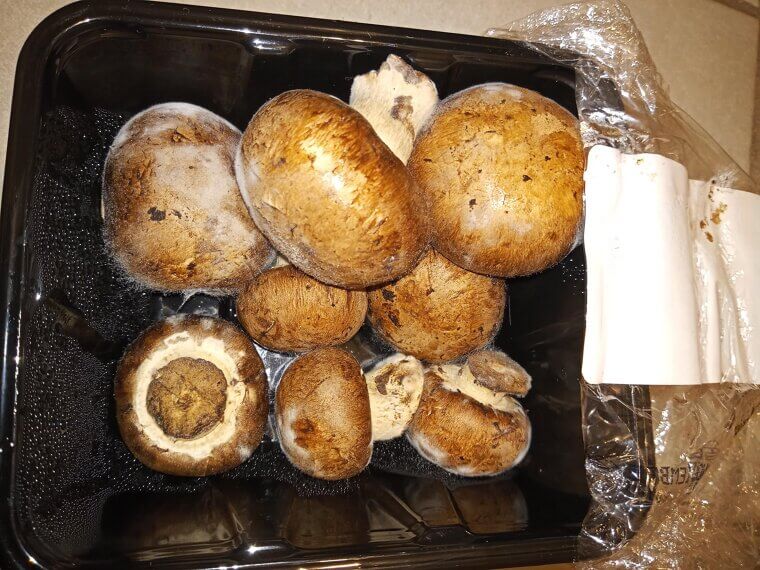Flour
While your unopened all-purpose flour has a typical shelf life of a year when stored in the pantry, once opened, it should be used within six to eight months. So, if you’re an infrequent baker who pulls out the same bag of flour each holiday baking season, it’s time to ditch your stash and start fresh.
Spices
Expiration dates matter for spices, too. But they won’t “go bad” necessarily. Instead, you’ll see diminished flavor and aroma when extended beyond the recommended shelf life. Plan to go through your spices once or twice a year and buy smaller containers of the spices you use less frequently in order to cut down on waste.
Nuts
Nuts should be consumed anywhere from two weeks to four months after purchase. If you’re looking to extend the shelf life of your nuts, purchase shelled varieties and store them in the refrigerator. Keeping them front and center can also ensure they are put to use more quickly than those destined to live in the back of the pantry.
Oils
We hate to say it, but if you’ve had olive oils or vegetable oils floating around your pantry for more than 6 to 12 months, it’s time to purge and restock. Once they’re opened, you’ll want to use these oil varieties within three to five months.
Grits
Don’t let those snowy little grit granules fool you - they aren’t meant to hang around for too long waiting for their moment in the sun. If you purchased grits 12 months ago or longer, it’s time to toss them. Doing twice-yearly cleanouts of your pantry can help you identify ingredients that you need to use up sooner rather than later.
Canned Tomatoes
Due to their high-acid composition, canned tomatoes won’t last as long as many other canned goods with lower acid levels. The “use by” or “best by” dates are less important when it comes to canned goods as long as the can is in good shape (no denting, swelling, or rust). Instead, try to use canned tomatoes 12 to 18 months from the date of purchase.
Oats
If you bought that giant container of oats the last time you were at your local warehouse store, it’s time to get cooking. Whole-grain oats should be consumed within four months of purchase. Good news! You can double that time frame to eight months if you store your oats in the freezer, thawing them as needed.
White Sugar
Although sugar doesn’t spoil, it can harden or clump if exposed to moisture. Store sugar in a cool, dry environment, and ensure it’s kept in an airtight container to prevent it from absorbing odors from other foods. You don’t want clumpy sugar, do you?
Honey
We’ve all heard the fun fact that ‘honey never goes off’. But that’s not necessarily true. Sure, honey has an indefinite shelf life when stored properly. However, moisture can cause it to ferment, which alters its texture and flavor. Keep honey in a tightly sealed container away from humidity.
Seeds and Nuts
Nuts and seeds contain oils that oxidize quickly when exposed to heat or light, making them taste bitter. Gross. You should store nuts and seeds in a cool, dry place or refrigerate them to prolong freshness.
Rice
Though rice can last for years, it is susceptible to moisture, heat, or pest contamination. Brown rice spoils faster than white due to its higher oil content. This bit may sound a little off, but if, for any reason, you want to preserve your rice, it’s best to freeze it. This top tip will also help eliminate pesky bugs.
Pasta
Dried pasta doesn’t spoil quickly but can lose its texture and flavor over time. This may sound self-explanatory, but if you notice mold or an unusual smell, discard it. You’ll be surprised by the number of people who ignore odd odors. Keep pasta in its original packaging or airtight containers away from heat and moisture.
Baking Soda and Powder
Baking soda and baking powder can lose effectiveness over time. Test baking soda with vinegar and baking powder with hot water - if they fizz, they’re still good. Otherwise, replace them to ensure your baked goods rise properly. No one wants flatbread.
Dried Beans
Dried beans can become tough and take longer to cook if they’ve been stored too long. Beans that remain hard after cooking for hours should be discarded. Store dried beans in airtight containers in a cool, dry area.
Nut Butter
Natural nut butter spoils faster than commercial varieties because they lack preservatives. A rancid smell or separation of oil and solids are signs they’ve gone bad. Don’t be afraid to store nut butter in the fridge to extend its life.
Cornmeal
Cornmeal can go rancid if stored in warm or humid conditions. If it smells sour or tastes bitter, it’s time to toss it. Ignoring this will simply lead to sour-tasting bread, and who wants that? Don’t let your cornmeal ruin all of your hard work.
Quinoa
The shelf life of whole grains like quinoa and farro is largely dependent on their fat content. Heat, air, and moisture are the top three enemies of whole grains because the elements can negatively affect their healthy oils. Grains should always look and smell faintly sweet or have no aroma at all; if you detect a musty or oily scent, the grains have passed their peak.
Turmeric
Your favorite ground spices like turmeric, paprika, and nutmeg generally lose their potency after about two to three years. Eating old spices isn’t harmful to your health, but they won’t add any flavor to your recipes anymore. Do a quick sniff and taste test to determine if your spice is still fresh.
Graham Crackers
You should always place an opened bag of graham crackers in an airtight container to prevent moisture from seeping in because no one likes to make s’mores with stale graham crackers. However, an unopened batch of graham crackers can still get stale in the bag they come in.
Cereal
After three months, an opened box of cereal will go stale from air exposure, but a sealed box should last up to a year. That said, if you eat cereal with nuts or oils, you’re at a higher risk of your cereal going bad without you realizing it. The most common side effect will be an unpleasant taste.
Candy
If your pantry candy tastes a little off to you, it’s usually a quality issue, not an issue of expiration date. Generally, it is very difficult for candy to spoil due to its low moisture content, but it depends on the candy. So, don’t be too sure that your candy is fine.
Beer
Storing beer at room temperature isn’t necessarily bad for your beer, but it can spoil it faster. After around four months, heat, light, and air can seep through the bottle caps. Non-refrigerated storage accelerates aging and development of off flavors. Who would want a warm beer anyway?
Tea
Your tea bags should be consumed within a year because the oils in the tea will go old and give your morning cup of tea a bad flavor. The same goes for your lemon or ginger tea bags. You're best off consuming them within two to four weeks to have their maximum deliciousness.
Brown Sugar
An opened bag of brown sugar tends to dry up and harden from exposure to the air after months in your pantry. Slip the brown sugar into a resealable plastic bag or airtight container to keep it soft and make it last longer.
Canned Vegetables
You may think that canned veggies can last a lifetime, but the longer they sit on your shelf, the more likely the can's texture can break down and give your vegetables a metallic, tinny taste. Remember, canned items are typically safe to eat well past their “use-by” or “best-by” dates as long as they have no dents, rust, or bulging.
Olive Oil
Light and heat are not olive oil’s friends. You shouldn’t get sick from an old bottle of olive oil, but an opened bottle of the stuff can taste a bit off after six months. If you don’t use olive oil often, only buy a small bottle so you can use it before the flavor spoils.
Potatoes
The spuds typically last up to two weeks in the refrigerator and two months in the pantry. You’ll know their time is up when they start growing sprouts and developing soft black spots on the skin. Ew.
Garlic
When stored for too long, your garlic cloves may shrivel or begin to sprout. Neither is harmful, but both are an indication that the garlic is no longer at its peak quality. You should be able to tell by first glance if they’re okay or not.
Condiments
Pantry condiments like ketchup, mustard, and soy sauce often outlive their freshness. While these items have preservatives to extend their shelf life, they're not immune to spoilage. Check for changes in color, texture, or odor, which indicate it's time to replace them. Opened bottles should always be stored in the refrigerator to maintain quality.
Grains
Dry grains, such as barley, can last for years if stored properly. However, brown grains have a shorter shelf life of around 6 months to a year due to their higher oil content. Watch out for an off smell or tiny bugs, known as weevils, which can infest improperly stored grains.
Chocolate
Chocolate lovers, beware! While chocolate doesn't spoil in the traditional sense, it can develop a white coating called “bloom.” This occurs when fat or sugar rises to the surface due to temperature changes. Bloomed chocolate is still safe to eat but may taste off. For the best flavor, store chocolate in a cool, dry place and consume it within a year.
Maple Syrup
If you're not a big pancake-and-waffle household, you may have a container or two of opened maple syrup that needs to be thrown out. After a while in the pantry, maple syrup will go bad. Unopened pure maple syrup should be stored in the refrigerator and will last about a year. So, check yours and toss it if you see any mold growing.
Sprinkles
We love a festive baking project, especially if it includes seasonal sprinkles. But we hardly ever need an entire bottle for the bake. They're often stashed on a high shelf and forgotten. Sprinkles are made mostly of sugar and can last much longer than their best-by date (sometimes even by years), but that doesn't mean they never go bad.
Instant Coffee
Instant coffee is a quick fix for caffeine cravings but can lose its aroma and taste over time. In contrast, whole coffee beans retain their flavor longer when stored properly and can be ground as needed.
Mushrooms
Various dishes benefit from fresh mushrooms, but they can become slimy soon. They take only a few days to spoil due to their high moisture content and delicate texture. Imagine the texture of slimy mushrooms. Gross!


